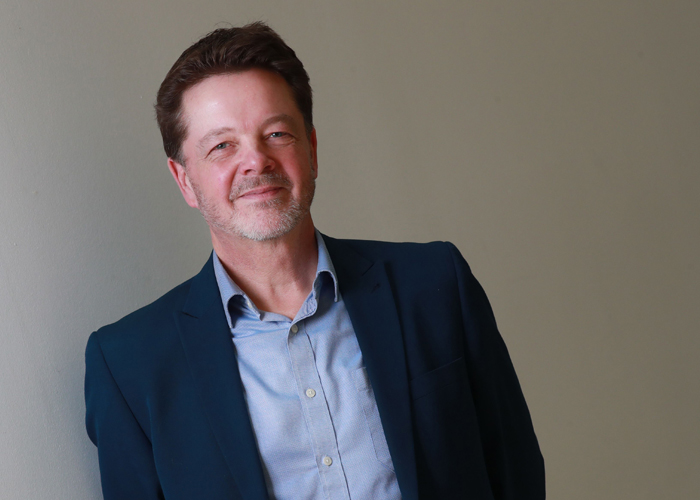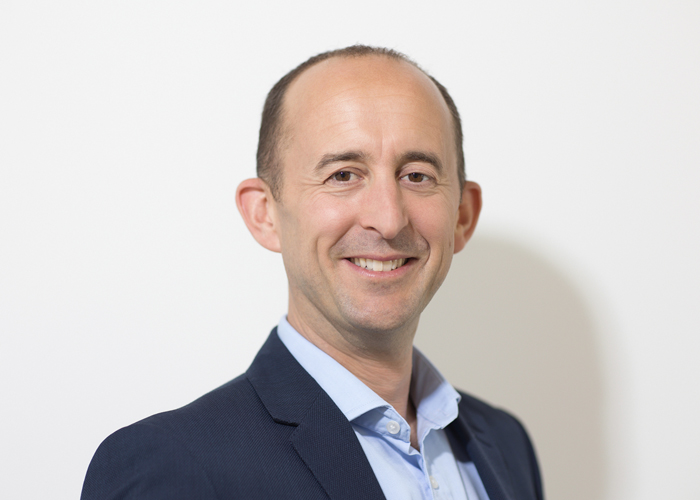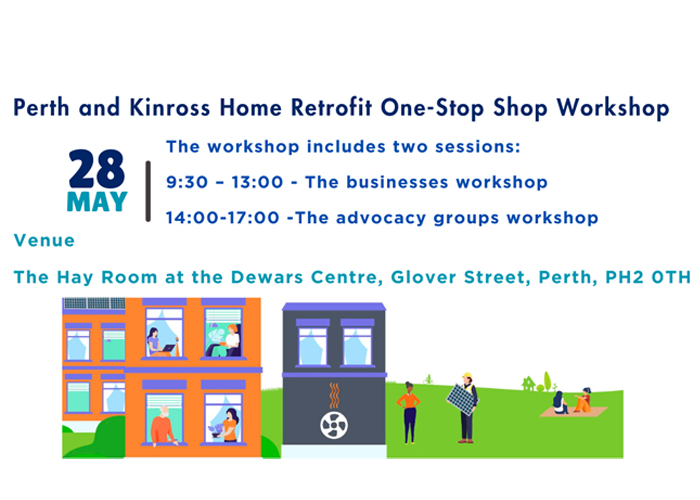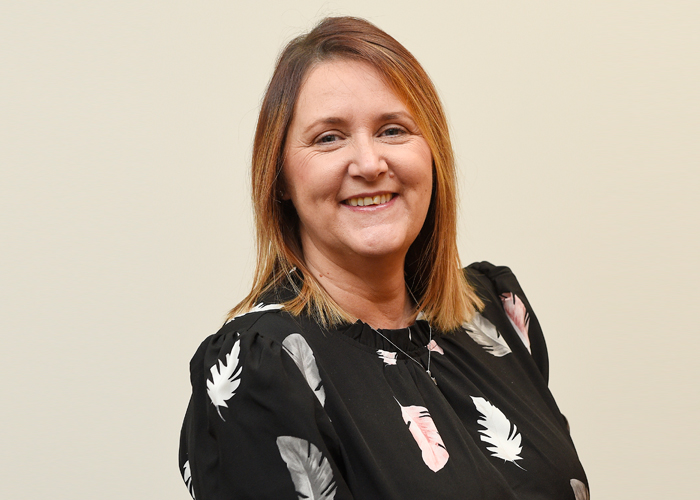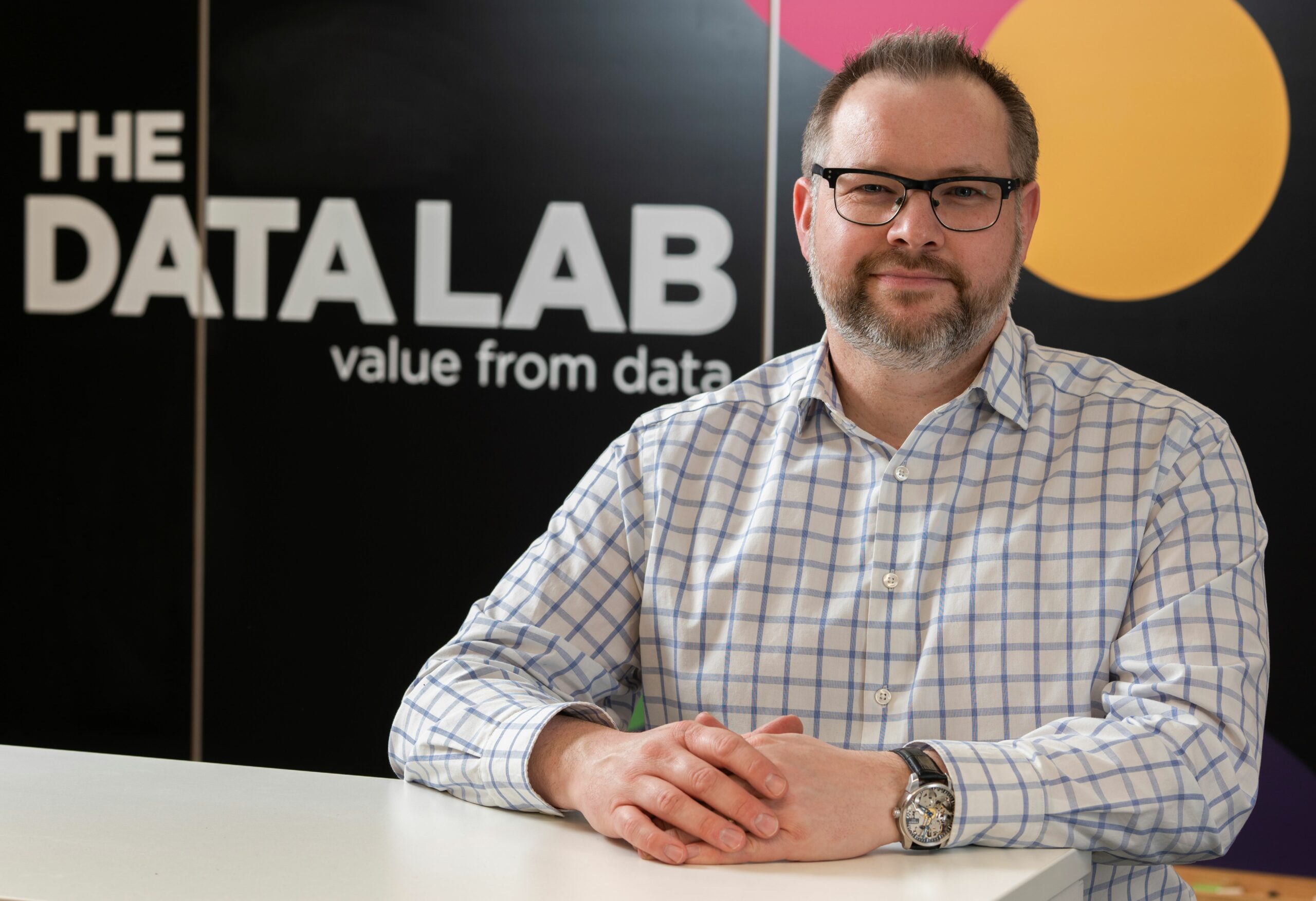GIGABIT broadband rollout remains the top priority for local authority digital leaders, but 5G continues to divide opinion and there’s not enough focus on net zero.
These are just some of the key findings from the second annual survey of digital leaders at councils across England, Scotland and Wales, carried out by Edinburgh-based connectivity consultancy, FarrPoint.
When the research was conducted in December 2023, respondents were asked about their priorities when it came to fixed and mobile connectivity, as well as the barriers preventing progress. Responding councils were spread across a variety of geographical locations, from ‘dense urban’ to ‘rural’ areas.
The survey covered a range of topics from councils’ views on 5G and gigabit-capable broadband to smart places and net zero.
Key findings uncovered during the research were:
· Getting more areas covered by gigabit broadband remains the top connectivity priority for council digital leaders for the second year running. 47% of respondents chose it as their number one priority, with another 30% as second. Getting 100% of their area covered by at least super-fast connectivity featured as the second highest priority for councils.
· 51% of councils who responded have an up-to-date digital connectivity strategy (up from 43% in Jan 2023), but around 11% still have no digital connectivity strategy at all and almost 1 in 3 (30%) don’t have a digital champion.
· The importance of 5G continues to divide opinion. Even though respondents said 5G was important to them, none picked 5G as their top priority for 2024. Ensuring more areas covered by 4G was also ranked as a higher priority than 5G on average, suggesting that the business case and additional benefits that 5G could potentially deliver have not yet been widely demonstrated.
· There has been a notable increase in awareness and preparedness for the various forthcoming connectivity service switch-offs. For example, only 2% of respondents had not started planning for the migration from copper to fibre broadband, compared to 27% last year. However, 21% were still to put plans in place for the 2G and 3G switch offs – which are already under way.
· Despite the importance of climate action, for the second year running, aligning digital connectivity to net zero targets was ranked as the lowest priority by respondents. There was even a slight increase (from 2% to 6%) in respondents who said net zero was ‘not important’ to the digital department.
· Local infrastructure deployment challenges – such as issues around street works, permits and inconsistent planning processes – overtook a lack of central government funding as the biggest perceived barrier to improved digital connectivity.
· There has been a small decrease (from 72% to 70%) in the percentage of councils who are either already deploying or considering smart places projects as they look to maximise the benefits of improved connectivity. The majority of respondents (64%) believe social care is the area where smart technology can have the greatest impact.
· Affordability is seen by councils as the biggest barrier to residential take-up of digital connectivity services, reflecting the ongoing cost-of-living crisis.
Dr Andrew Muir, Chief Executive at FarrPoint, said: “This is the second year of our connectivity research with local authority digital leaders, and it was interesting to see what’s changed – and what hasn’t – since our last report a year ago.
“Some great progress has been made on digital connectivity within councils, but there are still areas for improvement. For example, it was clear from the responses that many local authorities are under significant financial pressure, which is, at times, leading to a reduced focus on supporting the digital connectivity rollout and take-up of services.
“It was disappointing to see that local issues, such as the planning process and permits, were seen as this year’s biggest barrier to improving digital connectivity. I’d encourage councils to work together with other public bodies, central government and telecoms operators to tackle these challenges, because they are definitely surmountable.
“During the ongoing cost-of-living crisis, councils could also be doing more to encourage take-up of improved connectivity services among their residents. There’s a widely held perception that these are unaffordable, but we’ve seen many cases where improved services are just as cheap, or even cheaper, than existing services.
“I also hope to see a change in approach to net zero, to reflect the pivotal role that better connectivity can play in achieving the country’s environmental targets. Net zero isn’t someone else’s problem – digital departments can make a significant contribution.”
Dija Oliver, digital project manager at Swansea Bay City Deal, who contributed to the report on the survey, added: “Digital infrastructure affects all of the Swansea Bay City Deal projects and programmes. It is essential to the delivery of our partners’ digital transformation strategies, the economic growth of our region and improving social inclusion. We can only achieve the objectives of our programme by working collaboratively with industry, government, and our partners, using data to make decisions and being agile in our approach.
“I welcome this report by FarrPoint and believe that sharing these findings across authorities and encouraging debate can only help us reach our collective ambitions.”

